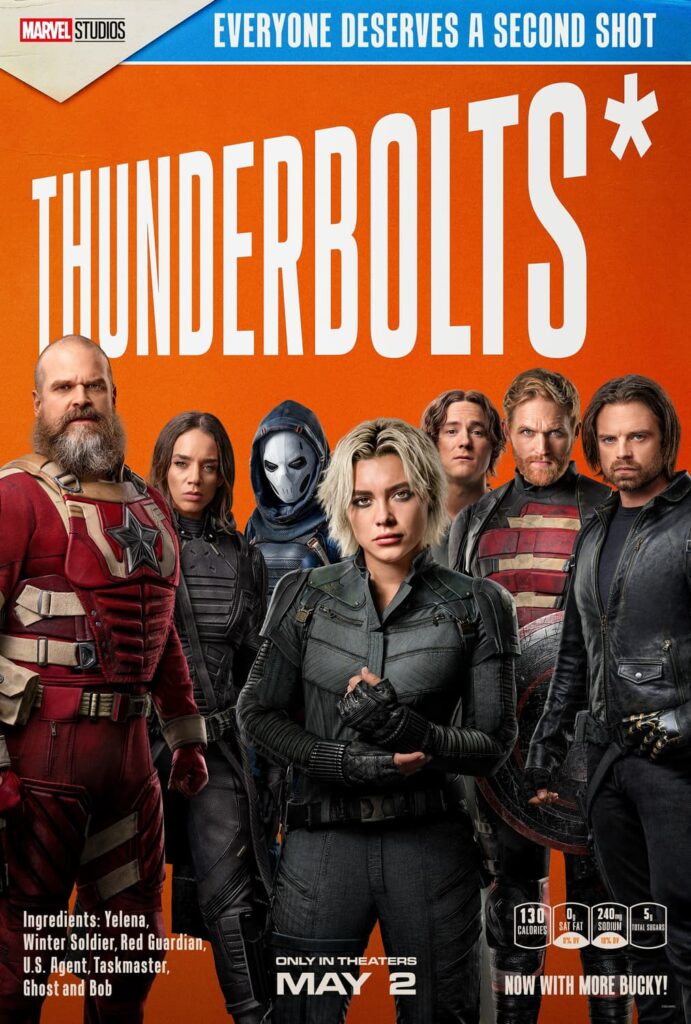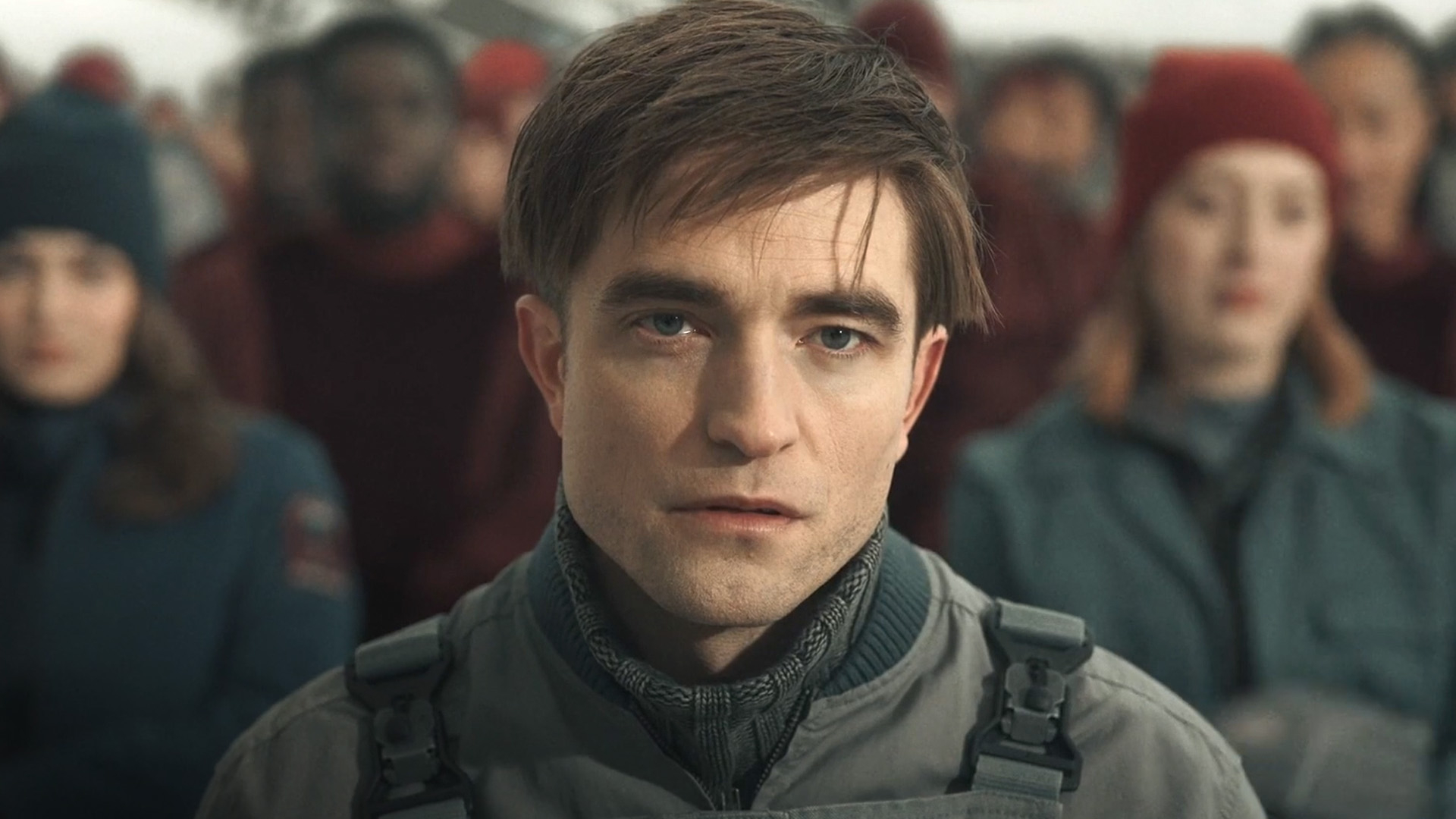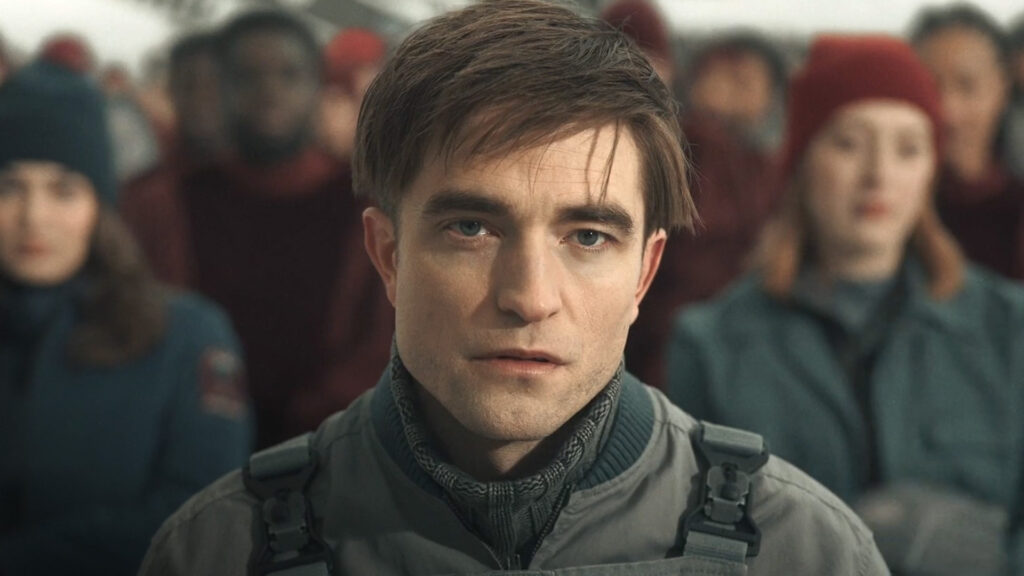TRON: Ares
Posted on October 7, 2025 at 1:44 pm
B-| Lowest Recommended Age: | Middle School |
| MPAA Rating: | Rated PG-13 for violence and action |
| Profanity: | Brief strong language |
| Alcohol/ Drugs: | None |
| Violence/ Scariness: | Extended fantasy/sci-fi peril and violence, sad deaths of family members |
| Diversity Issues: | None |
| Date Released to Theaters: | October 10, 2025 |
The latest in the series about sentient characters in a digital world follows in the tradition of its two predecessors: the creativity is in the visuals, with very little in the storyline, and almost none in the characters and dialogue. The visuals are excellent, though, so if you see it, make sure to see it in IMAX.

The original “TRON” (1983) was inspired by the video games that were captivating a new generation (indeed, the video game it inspired out-grossed the film). Like its sequel, “TRON: Legacy” (2010), it took place mostly in a digital world. This movie, reflecting the cultural impact of the technologies that move much faster than we can comprehend or control them, shows us the wall between “real” and virtual is dissolving.
It begins with glimpses of various news broadcasts reporting on the developments at two huge software companies. One is ENCOM, where Jeff Bridges’ character Kevin Flynn worked in the earlier films. It was then led by the benign, public-spirited Kim sisters, who wanted to use technology to feed people, cure diseases, and “uplift humanity.” The other is Dillinger Systems, recently taken over by Julian Dillinger (Evan Peters), grandson of the founder (the bad guy in the original film). Julian wants to use technology to create weapons, including AI soldiers who are vastly more capable than any human, and, this is a key value proposition, “100 percent expendable.” The enemy “kills” one? We’ll sell you more! And why not make these soldiers not just humanoid, but gorgeous humanoids? Thus, the sample AI-soldiers look just like Athena (Jodie Turner-Smith) and Ares, played by Jared Leto, who says that the original film transfixed him when it first came out, and is a producer of this film
There’s just one problem that Julian manages to keep from the world leaders at his demo. The soldiers collapse into ash-like piles of code after just 29 minutes. If he is going to conquer the world, he needs to find the “permanence” code he suspects ENCOM has discovered. His mother, Elisabeth (a wasted Gillian Anderson) tries to warn him that he is being reckless, but he will not listen.
Meanwhile, Eve Kim (Greta Lee) is in fact discovering that code with the help of her assistant, Seth (Arturo Castro), on floppy disks left in a remote outpost by her late sister. Julian sends Ares and Athena to steal the code as characters — and code — go back and forth between the digital and analog worlds.
The visuals from production designer Darren Gilford) are dazzling, especially the motorcycles, ultra-modern and OG, the visualization of the cyber-heist, the action conflicts, the ribbons of light and a very cool winged flying contraption, though another flying thing that looks like something between goal posts on a football field and the Arc du Triomphe seems more dramatic than aerodynamic. The sound design is excellent, thanks to supervising sound editor Baard H. Ingebretsen and the whole sound department. The score from Trent Reznor and Atticus Ross is also first-rate, as we expect from the impressively versatile Oscar winners.
It is frustrating to see this movie almost approach some of the real and fascinating questions of AI and then swerve away for yet another “Pinocchio” story about what makes a real boy, much more thoughtfully and provocatively explored in films like “Blade Runner,” and, in a way, by every movie because they are all about what makes us most human: love, compassion, curiosity, humor, the quest for making things better. I was much less interested in whether Ares would develop feelings beyond vocabulary than I am in what we do about characters like Julian, who are unconstrained by norms, or concern for anyone but himself. The script equivalent of the 29 minute AI soldier collapse is giving Julian and his mother less depth than an 8 bit NPC. Eve, Seth, and Ajay (Hasan Minhaj) are not much better, and it is truly a shame to see this exceptional performers given so little to work with. I mean, Tilly Norwood could have handled this just as well, which is a reflection on her limitations, not her capacity.
That includes dialogue like “Maybe there is something wrong with me.” “Maybe there is something right with you.”
I did laugh at Ares’ appreciation for Depeche Mode. This is an entity made from data who has absorbed every bit and byte of information since the world began including all of Eve’s text messages, and what Ares likes is the ineffable pull of 80s British synth-pop? (He manages a kind word for Mozart.)
Jeff Bridges does show up in beatifically magisterial and most welcome mode, playing a Wizard of Oz-like figure (Julian’s interface is strongly reminiscent of the fake Oz in the MGM version), reminding us that there are some things AI cannot match. So far.
Parents should know that this movie includes extended fantasy/sci-fi peril and action with some violence and two sad deaths of family members. There is brief strong language.
Family discussion: Who should monitor and control AI? If you went into the digital world, what would you do? Why did Ares say once was enough?
If you like this, try: the other “Tron” movies and the “Blade Runner” films









